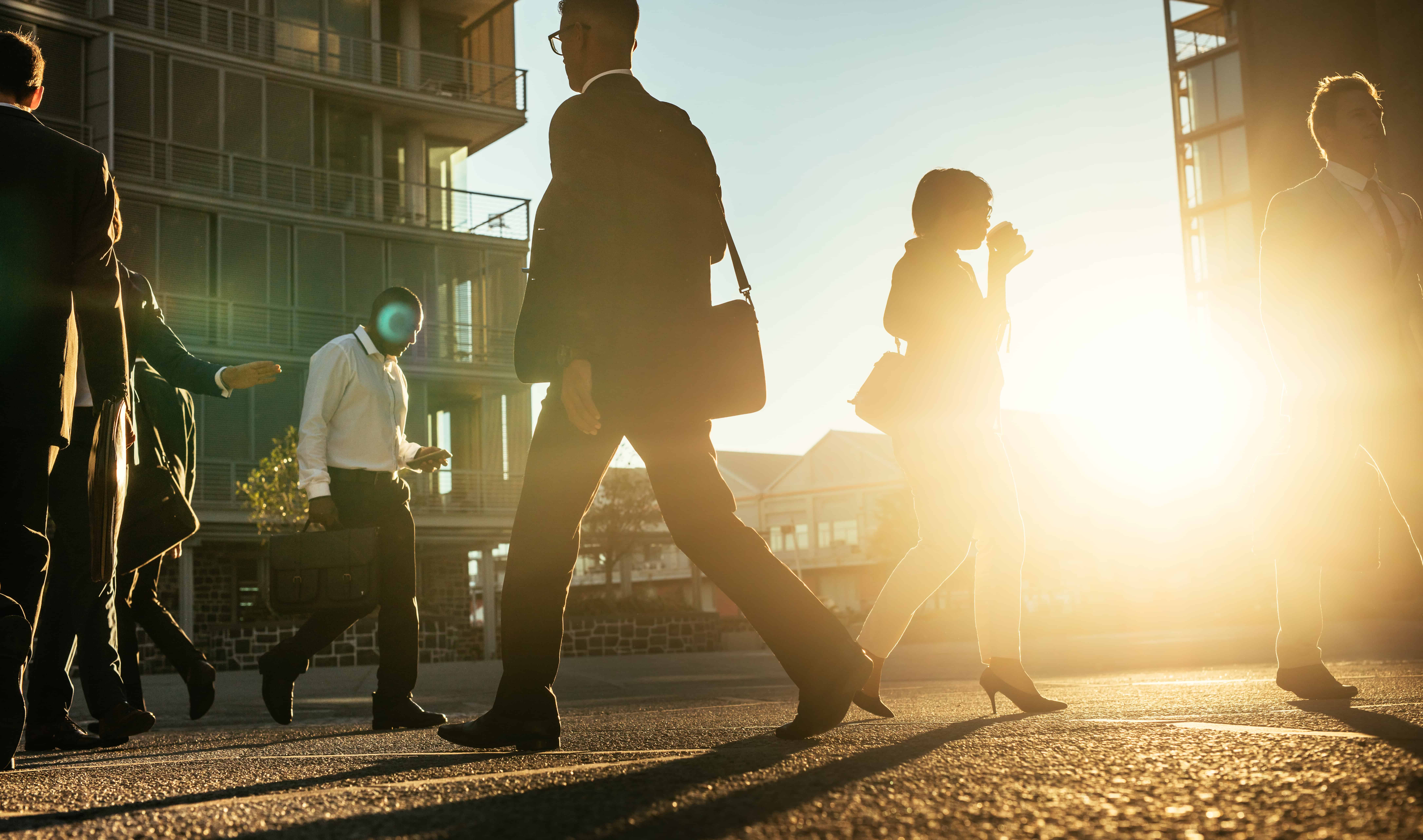
Michael Metzger and Nicolas Romfeld are consultants in the context of Lean and Agile. They spoke with Lea Buchmüller, Deputy Director of the Staufen Academy, about the connection between Lean Management and agility. One focus is on why executives should address the topic of agility.
Why agility is so important for companies
Not only since the world has been shaken by various crises all at once, companies have to face completely new problems and challenges: Globalization has increasingly changed markets and also increased customer demands. Society is changing rapidly and companies must adapt to this if they do not want to lose touch. “For us, agility means that a company can adapt to this and still operate effectively and successfully in this increasingly complex environment,” explains Nicolas Romfeld.
Michael Metzger cites electromobility in the automotive industry as a concrete example: “We have many new competitors in the market environment, new framework conditions, new products are being brought to market and, last but not least, of course, the legislature, which presents companies with new challenges.” The complex situation generates numerous new requirements within a very short time. Companies that close themselves off to change and rigidly follow a pattern do not stand a chance. Agility is key.
Are lean and agile mutually exclusive?
Staufen AG has been well known for years for consulting and coaching in the field of Lean Management. Both Michael Metzger and Nicolas Romfeld decisively negate the question of whether agility is now replacing lean or making it superfluous. “Lean and agile are not opposites for us,” says Nicolas Romfeld. Instead, he said, lean has changed the way people think about processes, and for agile, the focus is on collaboration between terms. In this respect, the two approaches build on each other rather than being mutually exclusive.
Especially when it comes to the continuous improvement process, companies are advised to follow both lean principles and agile approaches. Especially in departments with many repetitive tasks, such as accounting, processes can be greatly simplified through Lean Management. There are modules for this, and they work so well that they can then be digitized, thereby greatly streamlining the workload. “But we also notice that, especially in innovative environments such as research and development or project management, this agility as a building block can help us become significantly better, faster and integrate people,” explains Michael Metzger. Lean Management creates a sound foundation, while agile helps you take the next step in improvement.
Lean Management creates a sound foundation, while agile helps you take the next step in improvement.
What exactly is agility all about?
When Michael Metzger and Nicolas Romfeld advise companies on agility as coaches, the first question they often hear is regarding the method. Entrepreneurs often want to know how long it will take them to achieve the desired change. “In the first step, it is very, very important to first understand what the problem is. What is the initial situation of the company?” is how Michael Metzger describes the situation. The first thing to do is to look at the given environment and general conditions before you can respond to customers’ demands. The answers differ from company to company, for which the agile module is ideally suited.
Fields of action that enable a holistic approach to solutions include the following
- Goals
- Organization
- Guidance
“We need to understand the problem we are actually trying to solve with agility,” adds Nicolas Romfeld. It should not stand alone – it is not just about the methods, but about different fields of action.
In agile companies, goals are not simply specified, but are developed collaboratively. An agile organization is able to respond quickly and flexibly to new challenges “because it re-forms and adapts around value creation for every new problem that needs to be solved.” The two coaches agree that leadership often comes up short in an agile environment.
Therefore, managers are not superfluous
On several occasions, people have claimed that an agile company does not actually need executives anymore. The two experts see it differently: “Especially as an organization changes, whether towards agility or just adapting to the times, when it comes to changing framework conditions, managers are very important.” They are the ones who accompany and support employees during the change.
Later, when the company has adopted agile methods, the image of managers also changes: they no longer have to know everything and solve all problems on their own. The requirements are also too complex for that. Instead, the focus in this context is more on empowering employees to organize themselves.
In times of change, it is the task of managers to teach employees to take on more responsibility and act more independently. Their challenge lies primarily in learning to hand over responsibility and in encouraging employees to work together more creatively in teams and become more involved.
These are the key success factors of agility
Making a company agile from scratch requires willingness to change from managers and employees. This requires work, but it is worth it: “Agility ensures speed, as already indicated, in order to respond more quickly to customer needs, and to meet them: reduce the lead time in development, for example, in order to reduce the amount of corresponding work,” explains Michael Metzger. Nicolas Romfeld adds: “The entire company can adapt to different market conditions and framework conditions and react more quickly because the world is changing faster than it used to.”
For this to work, leaders need to focus more on enabling employees to evolve through volatile and complex market situations and conditions. This creates freedom and allows employees to freely develop their own creativity. This in turn benefits the entire company.

Michael Metzger
Principal
STAUFEN.AG

Michael Metzger
PrincipalSTAUFEN.AG
Michael Metzger has a degree in Industrial Engineering and qualified as a Lean Six Sigma Black Belt and Professional Scrum Master. He is a trainer at Staufen Academy, has been a Lean consultant for many years and is an experienced project manager in Lean, agile transformation and cost optimization projects. With his consulting experience, he has worked in the automotive, insurance, transportation, mechanical and plant engineering industries and also in the process and food industries.
A consultant, trainer and coach in the areas of process and leadership excellence and agile transformations, Michael Metzger is also a master trainer for Lean Administration and a trainer for agility at Staufen Academy. He coaches employees and managers at all hierarchical levels and has over 10 years of experience in improving indirect areas and implementing integrated transformation and qualification projects.

Nicolas Romfeld
Principal
STAUFEN.AG

Nicolas Romfeld
PrincipalSTAUFEN.AG
Nicolas Romfeld is a Systemic Coach, Professional Scrum Master and Industrial Engineer. As an experienced consultant, coach and sparring partner for managers, employees and teams, he is also a trainer at Staufen Academy. He is an expert in Lean Development and Lean Administration, agile methods and leadership and communication from strategy to implementation. He has a wealth of industry experience in services, mechanical and plant engineering, automotive and electronics.
Nicolas Romfeld has over 10 years of consulting experience in Lean Transformation in R&D and order fulfillment, production and management. For clients, he is responsible for designing and implementing tailor-made training and development programs along with the internal development of several professional and management seminars. He heads consulting projects that focus on strategy development, performance improvement, collaboration, product development, quality management and technical problem-solving.
More about Agility

Built on sand? No way! – Alstom
The French Alstom Group relies on Shop Floor Management and a new management culture in the construction of the new subway for the metropolis of Riyadh – and with great success. It does not take long for Cristina Anderiz to gain the attention of the entire hall at the RheinMain Congress Center, which has filled up to the last row. And that is not because she is one of the few women among the more than 300 participants of the 6th Engineering Summit. No – on this morning Anderiz, Riyadh Project Director at the French Alstom Group, captivates the who’s who of European plant engineers gathered in Wiesbaden, above all with impressive figures.
Read more




